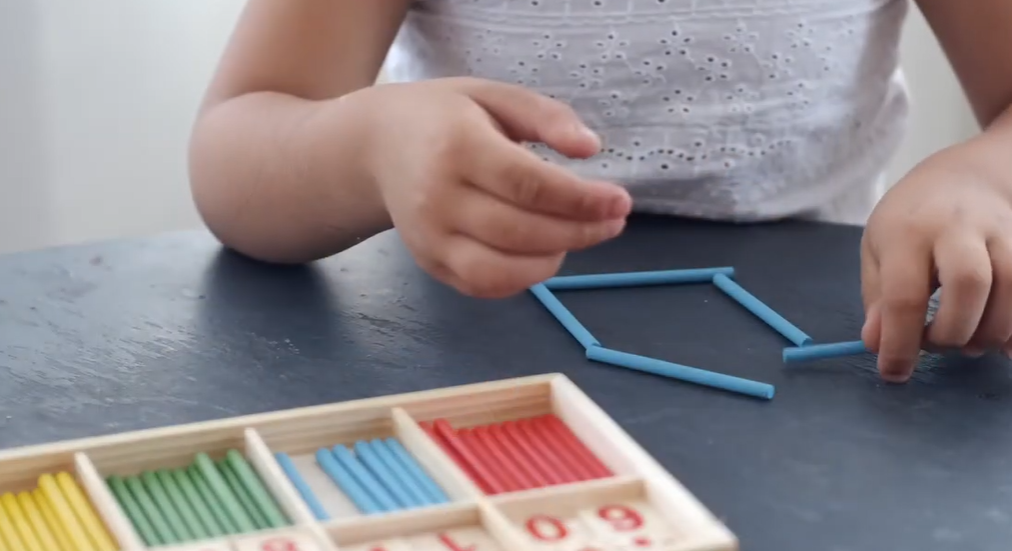STEAM education, which combines technological proficiency with artistic sensibility. It is changing how learning occurs in schools, how businesses recruit, and how innovation is fueled by creativity. The idea feels especially novel since it treats the painter and the programmer as equally important contributors to advancement.
The transition from STEM to STEAM started when educators recognized that innovation without creativity could not be sustained by purely technical proficiency. Dr. Judith Ramaley’s initial STEM framework laid the groundwork, but the Rhode Island School of Design realized that the arts were a crucial component. Education became more expressive, more human, and significantly better at producing critical thinkers who could design, construct, and communicate with equal fluency after that one letter “A” was added.
Instead of just solving equations, students are creating digital symphonies of color and code in today’s classrooms. To ensure that a functional prototype is both functional and captivating, a robotics team may design it and then add aesthetic flair. Inspiring lifelong curiosity and creativity is made possible by this remarkable fusion of engineering logic and artistic imagination.
The advantages go well beyond scholastic success. Communication, teamwork, and flexibility are soft skills that are now essential and are developed through STEAM education. Employers are prioritizing emotional intelligence and creativity over technical repetition as technology develops. Humans can imagine better than machines, but machines can compute more quickly. Because of this distinction, STEAM is more than just a teaching model; it is a mindset that emphasizes resilience and reinvention.
| Field | Details |
|---|---|
| Name | STEAM (Science, Technology, Engineering, Arts, and Mathematics) |
| Educational Focus | Integrating artistic creativity with scientific and technical disciplines |
| Primary Objective | Cultivate innovation, critical thinking, collaboration, and communication skills |
| Origin | Evolved from STEM; concept popularized by Rhode Island School of Design (RISD) around 2011 |
| Key Advocate | Dr. Judith Ramaley, former director of the National Science Foundation (NSF) |
| Core Philosophy | Blending analytical reasoning with creative expression to solve real-world problems |
| Applications | Robotics, coding, architecture, digital storytelling, design, and applied science |
| Cultural Impact | Encourages interdisciplinary learning and empathy-driven creativity |
| Global Implementation | Widely adopted in the U.S., Europe, and Asia through education and innovation programs |
| Reference | The Institute for Arts Integration and STEAM – https://artsintegration.com/what-is-steam-education-in-schools |

Through the use of creative design, STEAM brings empathy to scientific problem-solving. Programmers, engineers, and architects are taught to think about the human experience that informs their creations. It’s no accident that businesses like Apple, Pixar, and IDEO prosper when art and technology coexist. Their founders recognized that design is not ornamentation but rather function rendered sentimental, which is what STEAM now institutionalizes.
According to Dr. Ali P. Gordon of the University of Central Florida, artists and programmers now work together on everything from aerospace simulations to video games. When physics, design, and storytelling are combined, learning experiences are created that are both instructive and emotionally captivating. Students who participate in such interdisciplinary collaboration are especially well-prepared to hold leadership positions in fields that value both creativity and logic.
The ramifications for society are profound. Because STEAM makes technical learning more accessible to people who might not consider themselves to be mathematicians or scientists, it has democratized education. Students who might otherwise become disengaged are drawn in by the connection between artistic interest and scientific application. A key component of innovation is diversity of thought, which is fostered by this inclusivity.
Projects all over the world demonstrate STEAM’s expanding impact. Students in Japan use minimalist art and environmental engineering to create sustainable housing models. Finland uses music composition as a teaching tool for coding, turning rhythm into logic. Initiatives such as CODE313 in the US teach robotics to underprivileged youth through design and storytelling. These illustrations show how creative STEAM programs are at bringing learning to life and making it relevant to cultural norms.
STEAM has an equally compelling economic case. According to research from the Brookings Institution and Deloitte, occupations that combine technical and creative skills are growing much more quickly than traditional occupations. Graduates with the ability to think metaphorically, communicate effectively, and interpret data visually are in high demand. To put it simply, the “A” in STEAM has turned into a competitive advantage.
Additionally, the philosophy pushes students to consider the effects of technology from a broad perspective. When they develop empathy in their design, they create tools that benefit society instead of just upsetting it. In this way, STEAM education develops not only creative thinkers but also morally upright progress architects—people who recognize that science becomes meaningless without humanity.
The convergence of technology is putting artists at the forefront. Sculptors experiment with 3D printing, filmmakers reimagine storytelling through virtual reality, and musicians create algorithms that produce melodies. The lines between art and engineering are blurred by every act of creation, serving as a reminder that creativity is necessary rather than merely decorative. An extraordinarily adaptable new workforce has been produced by this integration, with the ability to influence uncharted industries.
